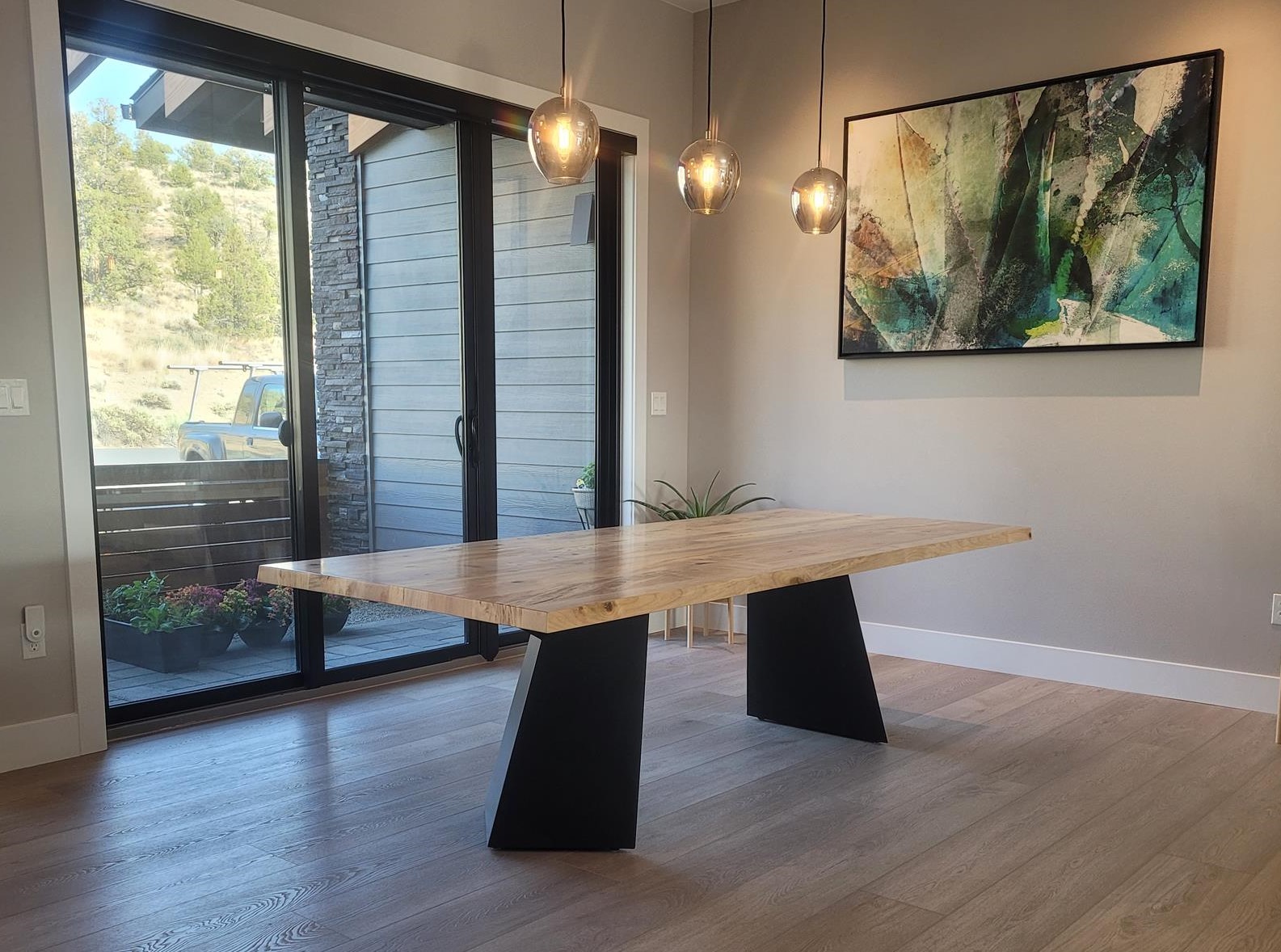An In-depth Take A Look At Table Leg Styles: Finding the Perfect Suit
Selecting the ideal dining table leg style is essential for both aesthetic charm and practical performance. For those with bigger tables, trestle legs guarantee tough support, whereas barrette legs introduce a mid-century contemporary ambiance with their minimalist style. The x-shaped legs mix modern style with boosted stability.
Traditional Four Legs
Among the various types of eating table leg designs, the standard four-leg style stays an ageless option for numerous households. 4 legs offer balanced support, making certain the table continues to be secure and qualified of bearing substantial weight (dining room table legs).
From a visual viewpoint, the standard four-leg style can be easily adjusted to numerous interior styles. Whether crafted from timber, metal, or a combination of products, these legs can be elaborately carved, sleek and minimalistic, or anything in between. Their convenience enables them to match both rustic and contemporary setups perfectly.
Furthermore, the uncomplicated framework of the four-leg design promotes simplicity of movement and positioning within a space. Unlike more facility bases, this style lessens blockages, offering enough legroom for diners. In recap, the standard four-leg table leg design marries sustaining beauty with practical performance, making it an astute option for those seeking both type and function in their eating furnishings.
Pedestal Base
Often commemorated for its elegant and space-efficient style, the pedestal base is a recognized choice to the standard four-leg setup in table leg styles. This unique base generally includes a single main column sustaining the tabletop, which can differ in kind, from ornately carved timber to streamlined, contemporary steel. Among the primary benefits of the stand base is its ability to take full advantage of legroom and seating adaptability. Without corner legs, diners are paid for better freedom of motion, making it an excellent choice for round and oblong tables that advertise even more intimate and inclusive gatherings.
Furthermore, the pedestal base's central support can deal with considerable weight, enabling for the usage of larger table tops, such as marble or thick wood. This toughness paired with its visual convenience makes the stand base a preferred selection in both typical and modern indoor setups. It can effortlessly integrate with different style themes, from timeless style to minimal modernity. The main column itself uses a canvas for elaborate designs and artistic expressions, including an aspect of visual interest under the table. In recap, the pedestal base combines capability snappy, making it a fine-tuned and practical alternative for varied dining settings.
Trestle Legs
Trestle legs provide a durable and timeless structure for dining tables, identified by their horizontal cross-bracing and tough support light beams. Originating from middle ages times, this style has actually developed yet retained its necessary structure, making it a seasonal favorite in both standard and contemporary setups. The main trestle light beam, typically sustained by two or even more vertical articles, supplies outstanding stability, permitting bigger table lengths without the requirement for added legs.
A considerable benefit of trestle leg tables is the ample legroom they use. Unlike tables with 4 corner legs, the absence of blockages at the table's sides offers unobstructed room for chairs and diners, improving convenience and accessibility. This makes trestle tables optimal for suiting larger events, whether in a dining-room or a banquet hall.
From rustic farmhouse to smooth contemporary styles, trestle legs can be personalized to fit private preferences. Their enduring charm and practical benefits make trestle legs a compelling option for those seeking both style and practicality in their eating table.
Hairpin Legs

The charm of barrette legs exists in their simplicity and adaptability - dining room table legs. Available in a variety of products, consisting of steel and brass, they can be finished in many shades to enhance different interior designs. Whether coupled with a rustic wooden tabletop or a contemporary glass surface area, barrette legs easily blend performance with a touch of classic beauty
Durability is one more significant attribute of barrette legs. Despite their delicate appearance, these legs are engineered to bear considerable weight, making certain the table remains stable and protected. Furthermore, they are fairly very easy to mount, making them a popular choice for DIY lovers and from this source expert furniture makers alike.
X-Shaped Legs

Created from materials such as steel, wood, or a combination of both, X-shaped legs can be tailored to match different layout choices. Steel legs often provide a smooth and commercial feeling, ideal for loft-style apartments and contemporary dining areas.
Additionally, the design behind X-shaped legs makes certain also weight circulation, minimizing the risk of wobbling and enhancing sturdiness. This makes them especially appropriate for bigger table that need extra support. Basically, X-shaped legs blend useful engineering with contemporary looks, making them a classic selection for varied dining atmospheres.
Conclusion
A comprehensive understanding of dining table leg designs exposes the distinct features and advantages of each design. Trestle legs make certain robust assistance for bigger tables, and hairpin legs present a mid-century modern visual.